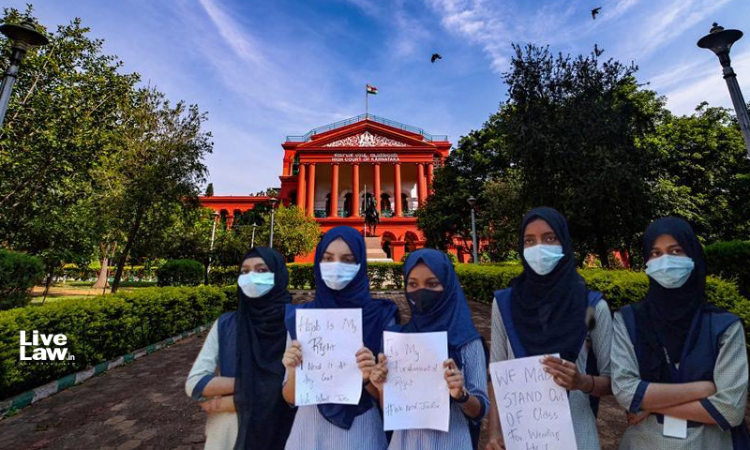Hijab Not Essential Practice Of Islam, Karnataka AG Says; What Was Necessity Of Saying This In GO, Asks High Court?
Mustafa Plumber
18 Feb 2022 5:26 PM IST

Next Story
18 Feb 2022 5:26 PM IST
A Full Bench of the Karnataka High Court today heard Advocate General Prabhuling Navadgi on behalf of the State, in the petitions filed by Muslim girl students, who have challenged the action of a government college in denying their entry for wearing a hijab (headscarf).Navadgi told the Bench comprising Chief Justice Ritu Raj Awasthi, Justice Krishna S Dixit and Justice JM Khazi that he...
